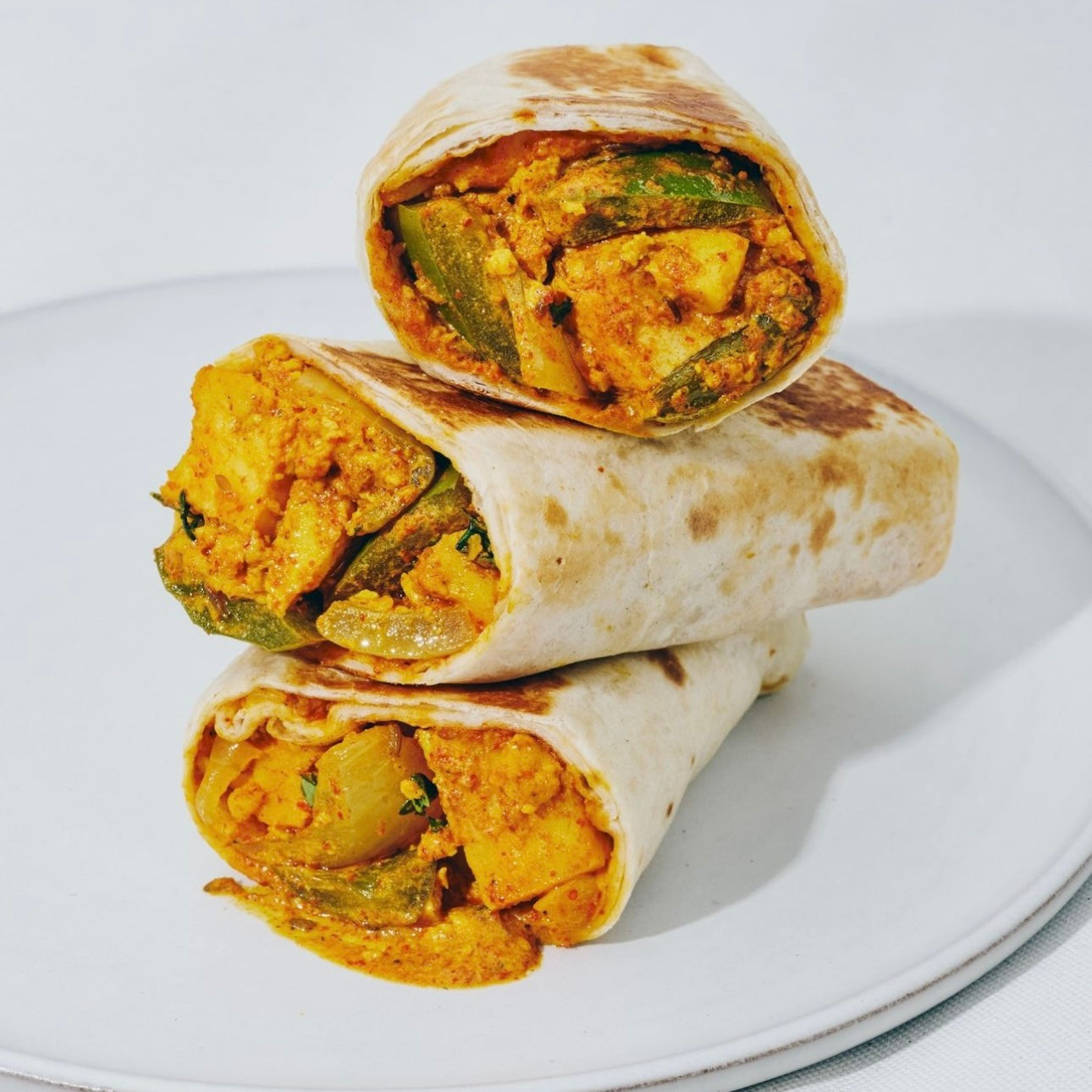What are preserved lemons?
Preserved lemons are lemons (usually whole, split, or quartered) packed in salt and brined in their own or additional lemon juice—essentially, they’re pickled lemons. Especially common in Middle Eastern, North African, and South Asian cooking, they add a savory tang to everything from stews to braises, dressings, and sauces. While you’ll most likely encounter Eureka lemons (the standard lemon found in American grocers) in jarred versions, you may also come across preserved Meyer lemons and other varieties.
How are preserved lemons different from fresh lemons? “They have a depth of flavor that is salty and savory and complex,” writes Sahadi’s co-owner, Christine Sahadi Whelan, in Flavors of the Sun. “Think of the difference between a cucumber and a pickle.” Texture-wise, the lemons break down in the brining process—the rind and pith soften, becoming squeaky, edible, and ready to fall apart with just a little heat or pressure.
How do you use preserved lemons?
While raw lemon peel and pith can be bitter, preserved lemon peel has a concentrated tang. The peel is perfectly edible—in fact, it’s the prized part of the fruit, with many discarding the flesh even though it’s not strictly necessary. They’re pretty potent, so cookbook author and former BA staffer Zaynab Issa recommends adding no more than half of a preserved lemon to a soup or braise if you’re unfamiliar. You can always add more chopped preserved lemon peel when serving. For even more control, rinse the preserved lemons with cold running water to tame their salinity.
If a recipe calls for preserved lemon paste, it’s as simple as blitzing whole preserved lemons (seeds removed) in a food processor or blender until you achieve uniform consistency. If you want to cut down your prep time, New York Shuk’s preserved lemon paste easily emulsifies into sauces and vinaigrettes.
Where should you use preserved lemons?
Use preserved lemons anywhere you want a more dramatic lemon flavor. Sahadi Whelan calls them a “one-and-done way to season and brighten just about anything bland.” She recommends pairing preserved lemons with fish—“blend them into a compound butter and slip a pat onto a piece of broiled or grilled fish”—or green olives, “as both are cured and salty, and the citrus flavor mitigates the oiliness of the olives.”
In Morocco, preserved lemon is commonly used to brighten rich braises or stews, like the classic Moroccan chicken tagine; the briny lemon sharpens the flavors of spices like coriander, ground peppercorns, bay leaves, and cinnamon sticks. Along those lines, add finely chopped preserved lemons to any hearty dish that needs a hit of brightness, like Red Lentil Soup With Preserved Lemon and Crispy Garlic.
How to shop for and store preserved lemons:
No time for fermentation? We get it. Luckily, you can find preserved lemons at many grocery stores these days. Look for them at Middle Eastern or South Asian grocery stores, usually in glass jars, by the pickles and preserved foods. You can also order them online from brands like New York Shuk or Mina.
“Be choosy about the quality of the prepared ones you buy,” writes Sahadi Whelan, who prefers Moroccan-sourced preserved lemons. “Look for firm, well-shaped lemons that are not mushy or mashed too tightly into their jars.” Whole lemons are more versatile than preserved lemon paste, as they can be minced, chopped, puréed, or left whole as needed.
Jars of preserved lemons can keep for months in the refrigerator and may develop a deeper pickled flavor and softer texture over time. “Shake the jar now and then to keep the lemons moist; otherwise, the salt may rise to the top and form a crust,” says Sahadi Whelan. If you do find that the salt is crusting over, just scrape it off; the lemons underneath will be just fine.
This story originally appeared on Bonappetit.com







